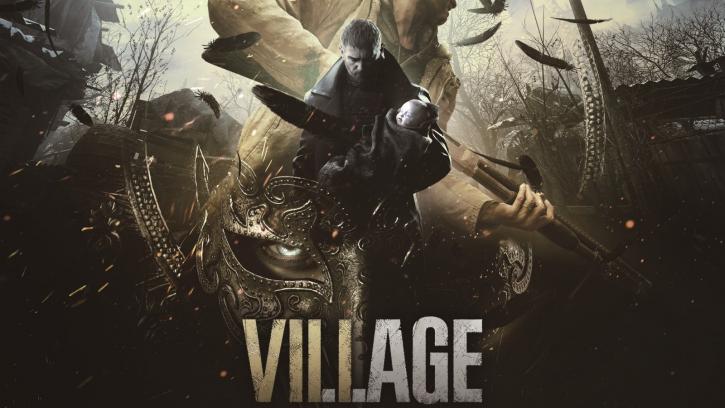Article - Guide - Review
Resident Evil 8 Village for PC benchmarked
PC graphics performance review for Windows 10 and 30 graphics cards
The scary yet successful Resident Evil series is back. Starting May the 7th you can frighten yourself again, with the new iteration, Resident 8 Evil Village. And the last word states it all. Resident Evil Village is a survival horror game developed and published by Capcom. We had to count, and hope that we got it right, but this would be the eighth 'main' installment in the Resident Evil series, based on a narrative sequel to Resident Evil 7: Biohazard (2017). BTW if you decrypt VILLAGE a bit, it reads VII.I.AGE; as in aged 8.
While releases this game on multiple platforms, here at Guru3D we examine Windows 10 game performance tested with close to 30 graphics cards. Interesting in this round is that Capcom has added Raytracing support towards the game. The PC version has more high-grade visuals based on new graphical and technical enhancements for deeper immersion. The game uses a similar yet updated render engine as its predecessors and features 3D models over pre-rendered backgrounds with fixed camera angles. We can safely state that resident Evil Village is an AMD-sponsored title, and that will show and demonstrate itself clearly in the test results. This round, AMD has been working closely with Capcom, added DirectX Raytracing (DX-R), but also a handful of AMD tools are optionally available. AMD's sharpening filter for example; Contrast Adaptive Sharpening (CAS) is present, as well as AMD FidelityFX CACAO – An RDNA-optimized, computer-based Ambient Occlusion implementation.
Also implemented into the game engine is Variable Rate Shading, basically, this is a technology that will lower image quality to gain speed in fast-paced sections that you're not looking at or not focussed at when looking. it is a standardized technology that works for both AMD and NVIDIA's latest graphics cards. We'll be enabling this feature for both with the respective compatible products. Suffice to say though, this render engine we all know and love for the high framerates it offers. Even at maximum quality settings pretty much any graphics card with a decent amount of VRAM will cope just fine.
We take a look at the game in our usual in-depth ways. That would be tested on the PC gaming-wise relative towards graphics card performance with the latest AMD/NVIDIA graphics card drivers. We have a look at shader/rasterizer performance (~30 cards) as well as Raytracing with the newest 10 graphics cards and technologies. You are going to need only a reasonably modern PC with at least a mainstream graphics card to run the game nicely. This article will cover benchmarks in the sense of average framerates, we'll look at all popular resolutions scaling from Full HD (1920x1080/1200), WQHD (2560x1440), and of course Ultra HD. UHDTV (2160p) is 3840 pixels wide by 2160 pixels tall (8.29 megapixels), which is four times as many pixels as 1920x1080 (2.07 megapixels). We test with the game based on the optimized and available AMD Radeon driver (download) and for Nvidia their GeForce WHQL driver (download). We'll test the game on the PC platform relative to graphics card performance with the AMD/NVIDIA graphics card drivers.


